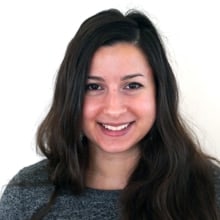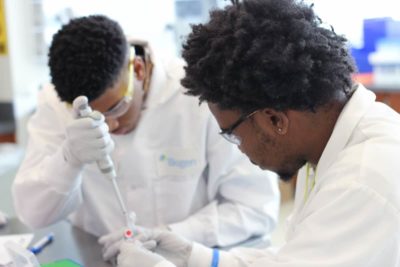“I’ve been doing this business for 40 years,” said Guilford Tech Community College President Randy Parker when I interviewed him during our community college blitz week last year. After a personal tour given by Parker himself, we chatted about the different challenges urban and rural community colleges face, enrollment, and what keeps him up at night. The interview takes on new importance after President Parker announced he will be retiring in July. See our insightful conversation below, edited for length and clarity
Bendaas: I’ve visited several rural community colleges recently. What’s the main difference between rural community colleges and community colleges in urban areas like GTCC?
Parker: The thing that’s different between the rural community colleges and the metropolitan area, like Guilford Tech — the rural community colleges typically are the main show in town. Vance-Granville, where I worked for seven years as president, we served four counties and we were the only show in four counties. We dominated all the newspapers and everybody wanted me or the vice president to be at something so they could have that interaction.
Typically, rural community colleges have a lot of culture of the community. The cultural center plays music, all that kind of stuff. So the community college is more than just a place to go get training. It’s kind of the hub of what goes on in the communities, and that’s why everybody has such an investment — especially in today’s economy when the rural counties are struggling so much. As the rural and urban gap gets bigger, the impact that the rural community colleges have on their community grows more because of the workforce training that they do…
What you have here in Guilford County is we aren’t the only show in town. Most of the time, we’re the last one thought about because there’s eight other colleges and universities that are in Guilford County when you think about High Point University, UNCG, Guilford College, and all of those. So one of the things I have to do is work on the forefront to make sure everybody’s thinking about Randy Parker Guilford Tech, you know, rather than Harold Martin A&T…
Those are really the regular differences between what you think of as rural and urban. But typically the type of training that we do here, it’s going to be a little different than what might be done at a rural school because there’s so much more business and industry and the higher level training that you would have to do because you have higher level executive leader and management types in the community.
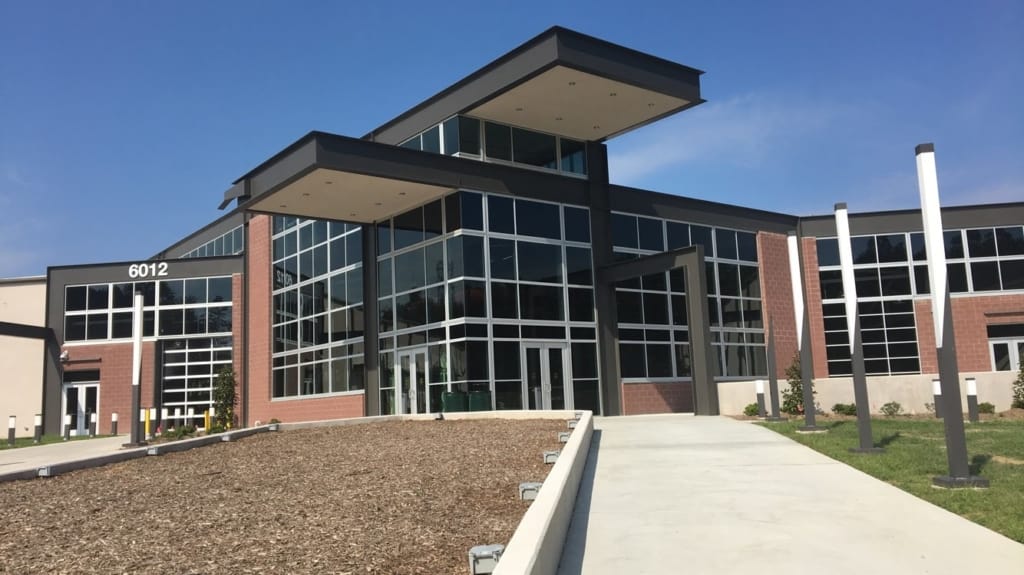

Bendaas: I don’t mean this as one community college is ahead and others are behind, but when I visited here today — maybe it’s because you have so many new buildings, maybe it’s because you are really expanding — I get this idea that you’re in expansion mode?
Parker: We are, from a building perspective, because we got the bonds in 2008 that we’re still spending. The building that you saw over at CAM (Center for Advanced Manufacturing) today, that was bond money. Again, it goes back to resources. Rural community colleges don’t have access to the resources. It’s harder to get a bond passed. All of the buildings, facilities, and all that is funded through the county and the county commissioners, so a lot of our rural counties lost tax base and all that. And then you can’t take state money and spend it on buildings. The only thing you can spend state money on are things that go into buildings. So when you’re looking at how a rural college might be different in comparison — it’s not that they can’t or won’t, it’s just the access to the resources. They could be seeing declining population, your basic population is decreasing. You’ve got people that are leaving the county every day. You know at Surry, they’re going to have work in Winston-Salem. So it really gets down to demographics and what the population need is…
We’ve been blessed here at Guilford with the citizens supporting us with the bonds, and all of us got money out of the state bond two or three years ago. So yes, we have been in a pretty big expansion mode. We bought two campuses, we bought the [CAM property] — 250,000 square feet. It’s master planned for approximately 380,000 square feet. That one building has more square footage than probably the [smaller] 20 or 25 community colleges.
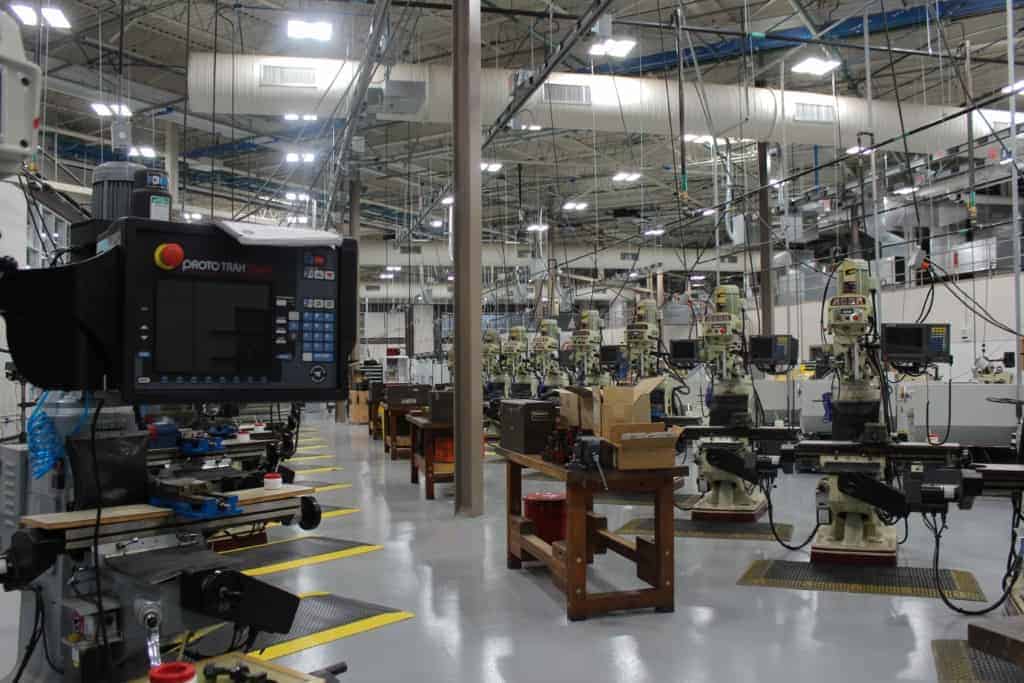

Bendaas: I guess this comes with the expansion, but there’s a really big sense of looking forward in terms of what businesses are going to be needing.
Parker: Yes. That’s our job. Those CNC machines and everything you saw today, that’s planning for the future because we already are booked up. You’ve got to build for expansion.
Bendaas: What does your enrollment currently look like at GTCC?
Parker: We typically serve about 35,000 students every year. On an average year, our college credit student numbers are going to be close to 12-13,000. The way we measure it is a student taking a course sometime during the year. If you subtract those numbers out, you’ve got 23,000 that aren’t taking regular college classes, so that’s the students in our continuing education non-credit courses, and they come to us in different categories as well — different buckets or pieces of the pie if you want to call it that. We have our workforce development training; we call that occupational extension. Then we have another category of courses that we call personal enrichment. That’s the cake decorating, the fly fishing, photography, ballroom dancing. That’s where you find out what people are interested in…
Then we have another area. It’s called Adult Basic Education. Adult Basic Education, that pie is in three different pieces. The first piece would be people that can’t speak English — we call it English as a Second Language. Those students are going to be primarily adults. These are immigrants that come, refugees that come to the area, and they’ve got to learn to be able to talk and go to the grocery store and do business at the bank. For us, that’s a very large number. Guilford County has the largest refugee population in the state, and those students come to us for service on English as a Second Language…
Then you have the second category, folks that are trying to get their high school diploma, GED and so forth, or they’re trying to get their reading and math comprehension up above ninth grade so they can enroll in some of our courses at the college.
The third population under Adult Basic Skills would be individuals … basically it’s individuals that have IQs less than 70. What we’re trying to do is give them life skills so they can … get a basic job where they can work somewhere and be self-sufficient. A lot of times in that category, you’ll get individuals that have had brain injuries, and they’ve had brain trauma. They might not ever get back to the cognitive level they were, but they still need to relearn basic skills to have some type of job skill so that they can go out and try to be self-sufficient.
Another area in that [continuing education] piece is we have a small business center. Every community college has a small business center. Small business centers are grant-funded through the state, so we get a special line item in our budget for them. Their primary role is to support small business. So you have individuals who get laid off or they want to start a restaurant. A lot of times start-ups will come. We have grant funds that the small business center can use to have accountants work with individuals [or] attorneys. Of course, that’s not for everybody that walks in the door … but if our small business center had been working with somebody for awhile and they felt confident they were ready for some professional help, then we would direct them to an attorney to help them write some of their bylaws for their corporation or an accountant to get their business plan. Our goal is to help them get to where they can get a loan from the bank or to get started. We also offer courses for little or no cost for small business on customer service or a whole assortment of things…
So when you think about our community colleges and talk about the comprehensiveness of community colleges, you can just kind of get a feel for all of the things that we do. Everywhere from helping someone that has a low IQ and [is] just trying to get their basic life skills to somebody trying to get their GED to somebody trying to live in the community that can’t speak our language to building Honda Aircraft. … A lot of people don’t really understand what we do, they just think of the college. Most of the time when I make speeches and talk to people, they think that we’ve got 18 to 20-year-olds coming out and taking college courses. Well, that’s the smallest group we serve. We’re serving a much broader population and group.
So one of my jobs as a president is to inform the community what it is we do and how many lives we touch.
If you think about every year, year in and year out, we’re serving 35,000 or more students and they live here, they stay here, they work here, then the impact that a community college — not just Guilford Tech — makes on their local community is huge over time. The university students come in, they’re here for four years, and they’re gone. They go work all over the world. … We love them while they’re here. We appreciate all the money they spend here, the impact they have on our community while they’re here. But then they’re gone.
About 75 percent on average of our students, regardless of what courses they take, stay here. So when you think about it from that perspective, we’re constantly raising the education level of our community in all aspects, from business training to being able to go to the grocery store and make change, and that’s really important for what we do.
The thing that we’re here to do as community college, really, is to improve the quality of life of the community. If we can improve the quality of life in the community, then that means you have less crime, they have more money to spend — it’s a snowball that keeps rolling, and that’s when the economic development perspective comes in because the better the quality of life, the better chance you’ll have of attracting businesses and executives and a company to come in and stay. At the heart of that is the community college.
Bendaas: You all have so much going on here. What’s your hidden gem?
Parker: Well, we have many. When we talk about signature programs — well, at most community colleges the program that has the greatest impact on students from income and quality of life is going to be your allied health programs. On average our nursing students, and I’m talking about across the state, they’re going to be receiving more income when they graduate than most any other degree. So I would say it’s always got to be your allied health programs.
What we are known for — when people think of Guilford Tech — there’s a couple things that come to mind: our aviation program is signature. The other kind of signature program that’s unique that nobody else in the state has is our entertainment technologies program. That’s on our High Point campus, and we have several different degree options in that program. Entertainment technologies, the way I explain it to the Rotary Club, is that when you go to a concert and the performer walks on stage, everything that takes place is what our students do. They learn lighting. They learn sound. They learn the entertainment business. … They also learn all the laws associated with entertainment. … They teach them how to be producers. They teach them how to record…
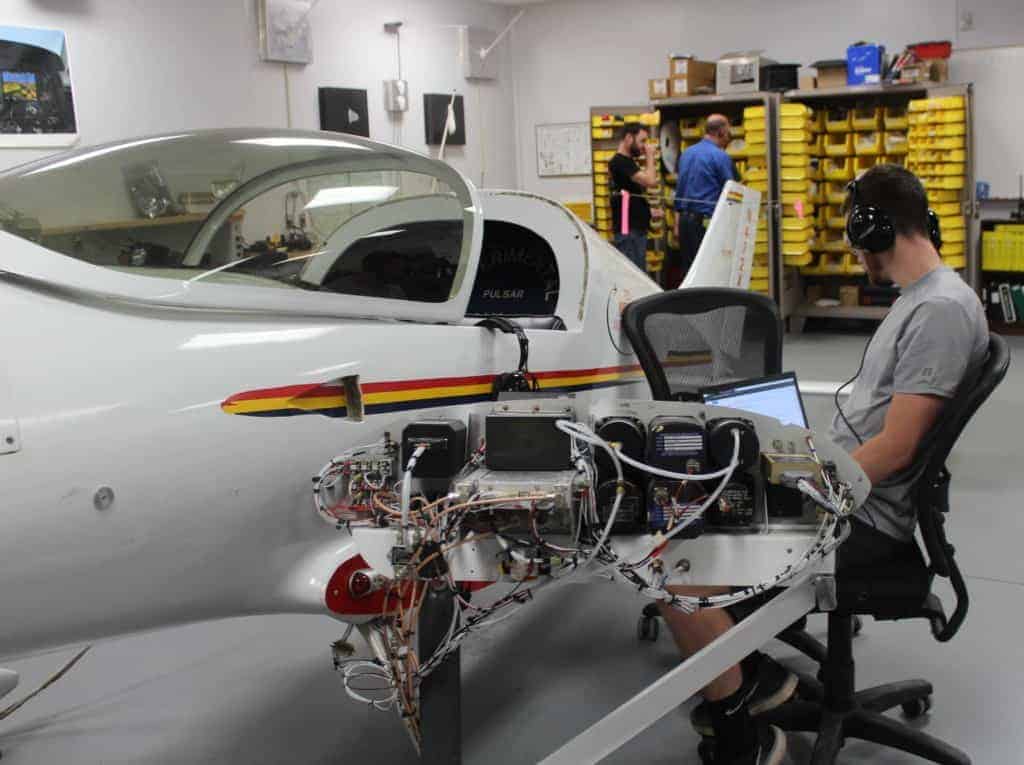

A lot of the times the programs that do well are really the contribution of the people leading the program. The people make the program. … All I can do is hire them and make sure they [have] the resources, and then I go out and try to sell it. But they’re the ones that live it every day. They’re the ones that have the passion to go out and make the program because most people don’t work at community colleges for the money they get. … So when you’re talking about faculty … they’re here because they have a passion for what they do. It goes back to quality of life: they want to see people do well. They want to see them succeed, and they have that passion. … We’re almost like missionaries in the mission field. … I call it the feel good business. We’re about changing people’s lives.
Everybody that comes to us is looking for some type of life change, and that’s either to get out of mom and dad’s house or a lot of times our students come to us after they’ve been laid off… We have a lot of single parents that come to us, and most of our students taking college credit courses are females — about 60 percent, and their average age is going to be between 28 and 32. So when you think about a 30-year-old [woman] that’s in one of our classes, she’s probably got children. And she might be divorced, might be a single parent. So when you think about who we’re here to serve, we’re here to help people like that.
Bendaas: You have your hands in so many buckets, I’m not sure how you do it. I don’t understand how you keep track of 35,000 people and all their programs. So what keeps you up at night?
Parker: What keeps me up at night? One of the things that has been keeping me up at night is that we have been losing our college credit enrollment classes for the last six years. Since I’ve come to this campus — I came at the height of the Great Recession, which meant that we had the largest enrollment ever in the history of the college. The first year I was here, we served 45,000 students and we had 15,000 students enrolled each semester in our college level classes. So we’ve gone from 45,000 to 35,000. We’ve gone from the 15,000 we had enrolled now to 10,000 enrolled in a single semester. We’ve lost more students than probably the [smallest] 20 community colleges have overall, and so what’s been keeping me up at night over the last several years is how do we continue to right-size the institution in a significantly declining budget? We’ve lost about 30 percent of our budget units. FTE (full-time equivalent) turns into dollars, but dollars are determined by FTE.
So … how do you plan for new things? … How do you keep growing? And how do you sell that? … What I’ve been selling to our board members, our elected officials is that the college has to have the long view. We have to have a long vision. I can’t run a college on a four-year election cycle. I have to run and plan a college —and not just me, any president — a minimum of 10 years, but long vision, you need at least a 50-year vision for what you’re doing. You’ve got to be thinking about what’s going to happen in your community. We know what’s going to happen here in Guilford County in the next 50 years. We’ll have a whole lot more population. This 100-acre campus is not going to be available in 20 years if the airport booms over there. Right? So we have to think about those things.

